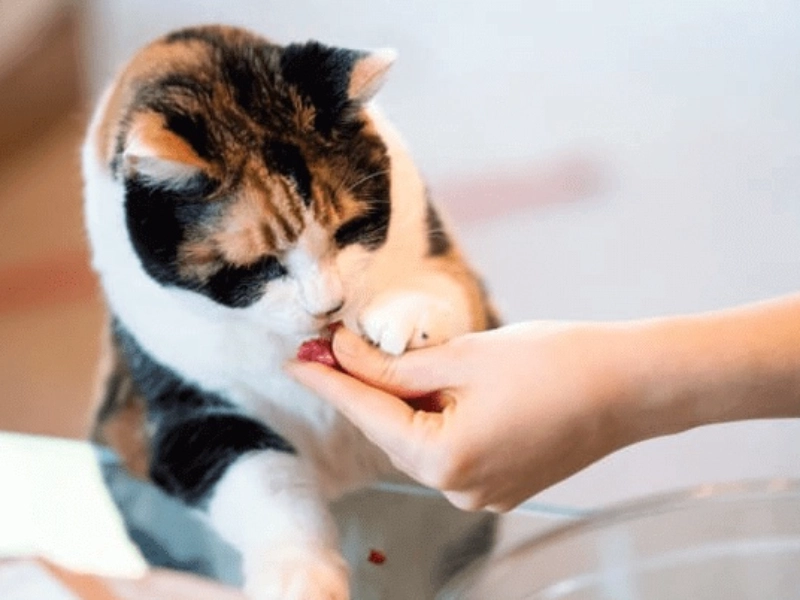1. Utilizing Positive and Negative Reinforcement

Powerful psychological tools with great application for both children and pets—including cats—are positive and negative reinforcement. Based on the basic ideas of behavioral psychology, these techniques have shown to be rather successful in guiding desired behaviors while deterring undesired ones. Using these methods for cat training calls for persistence and patience as well as a strong awareness of feline psychology.
Positive reinforcement is treating your cat for displaying desired actions. There are several ways to accomplish this: treats, verbal compliments, or extra affection and attention paid. Effective positive reinforcement is mostly dependent on timing; the incentive should be delivered right away following the desired behavior. The cat develops a strong link in its thoughts between the behavior and the favorable result. If your cat utilizes the scratching post rather than your furniture, for example, provide a treat or a vocal compliment right away. As the cat discovers that utilizing the scratching post results in positive outcomes, over time this will inspire the cat to keep this behavior.
Conversely, negative reinforcement is the removal of an unpleasant stimulus upon the display of the intended behavior. This is not like punishment, which is exposing an unpleasant stimuli in reaction to unwelcome behavior. If your cat jumps on the kitchen counter, for instance, you might lightly sprinkle them with water from a spray bottle. The spraying pauses once they start down. This tells the cat that avoiding the counter results in the elimination of the unpleasant sprayed sensation.
It’s important to realize that both positive and negative reinforcement should be applied sparingly and in concert. Your cat may become stressed and anxious depending just on negative reinforcement, so compromising your bond. Usually more successful and helps keep a loving link between you and your kitty friend a balanced approach with more focus on positive reinforcement.
Consistency is absolutely important while using these approaches. Regarding which actions are to be promoted or discouraged and how to react to them, all family members should agree. This one-sided approach helps the cat learn faster and avoids uncertainty. One should also be patient since cats, like people, pick things at varying rates. While some people pick on fresh behaviors fast, others might need more time to adjust.
Recall that your particular cat’s tastes and personality should guide the reinforcement you use. One cat may find a reward that works for them not to be effective for another. While some cats may be more food-motivated, others may react better to play or praise. More successful training results will follow from seeing how your cat responds and modifying your approach.

